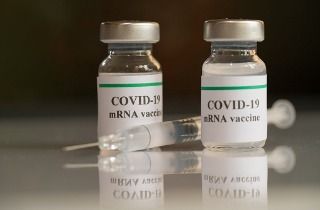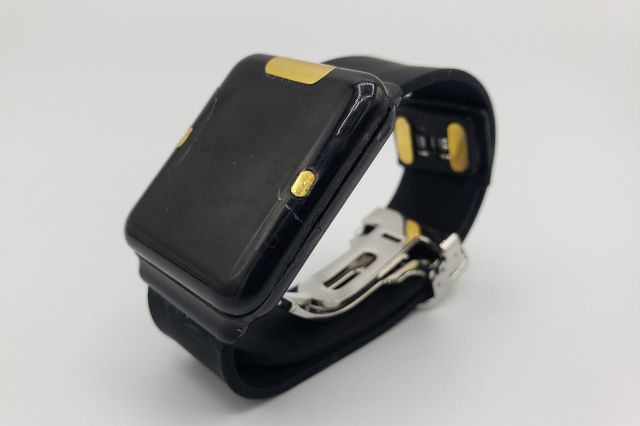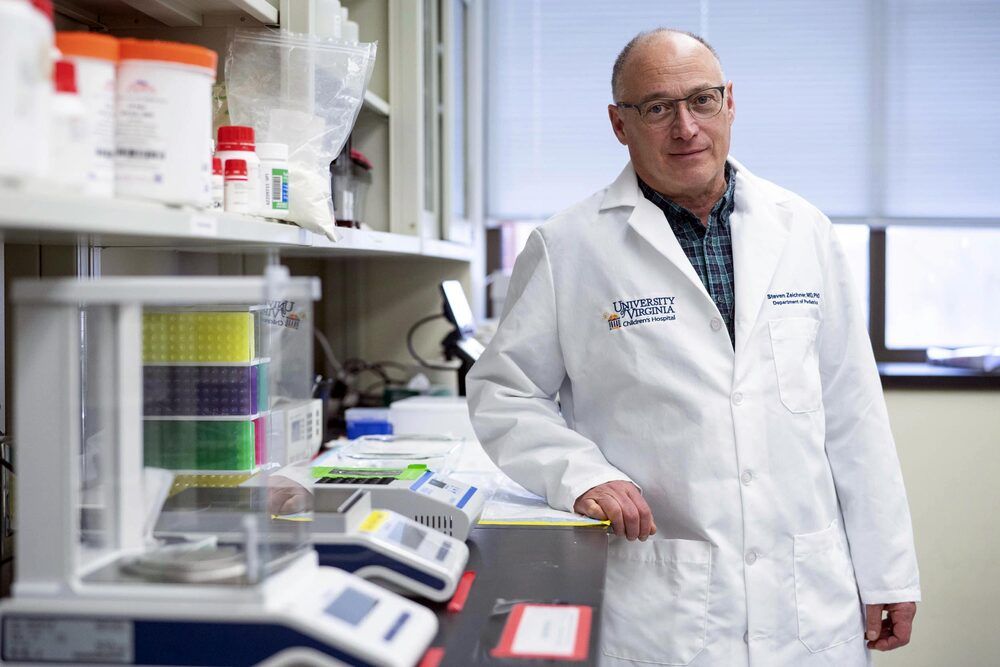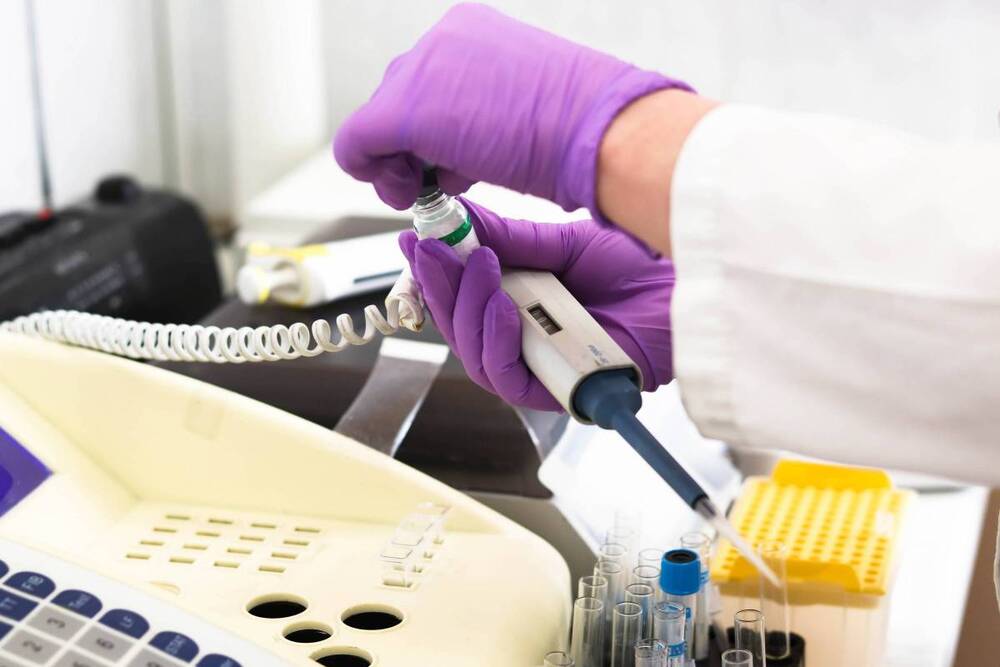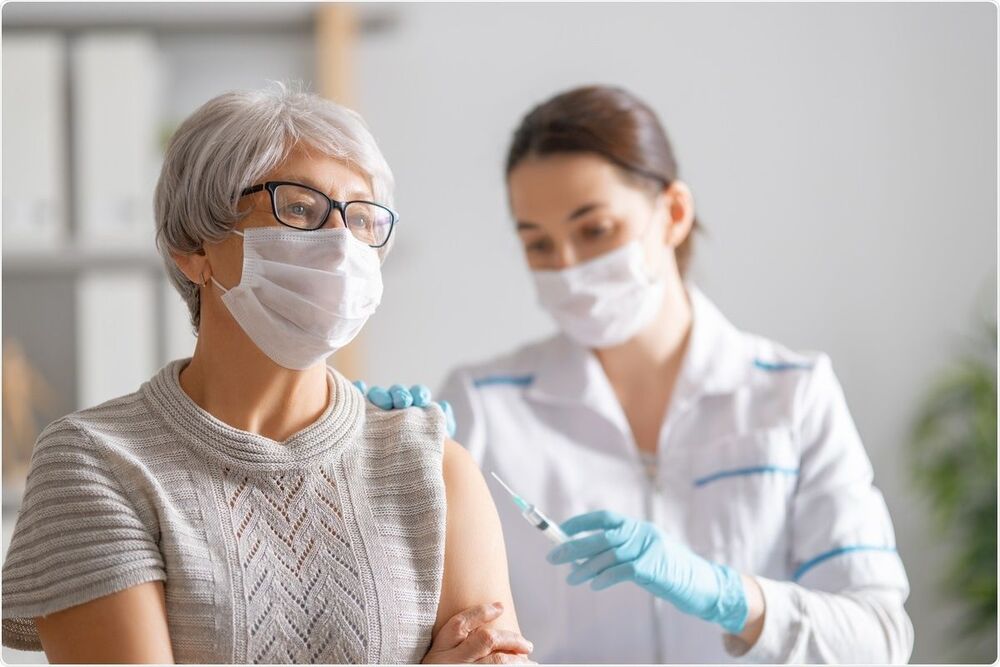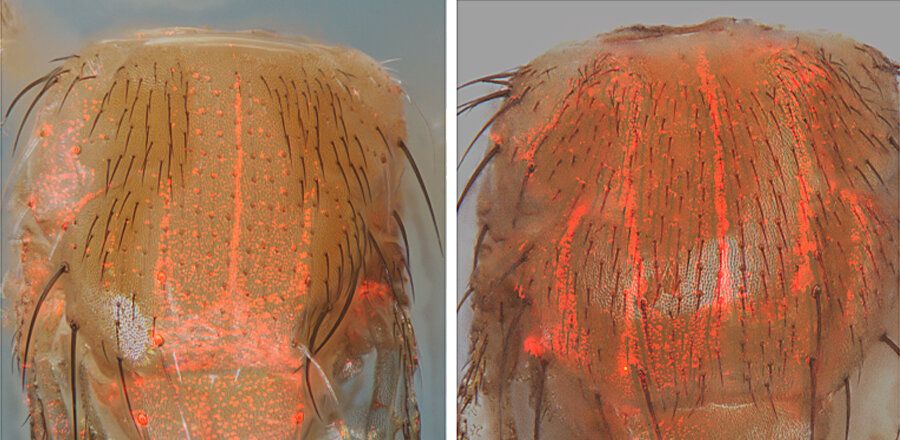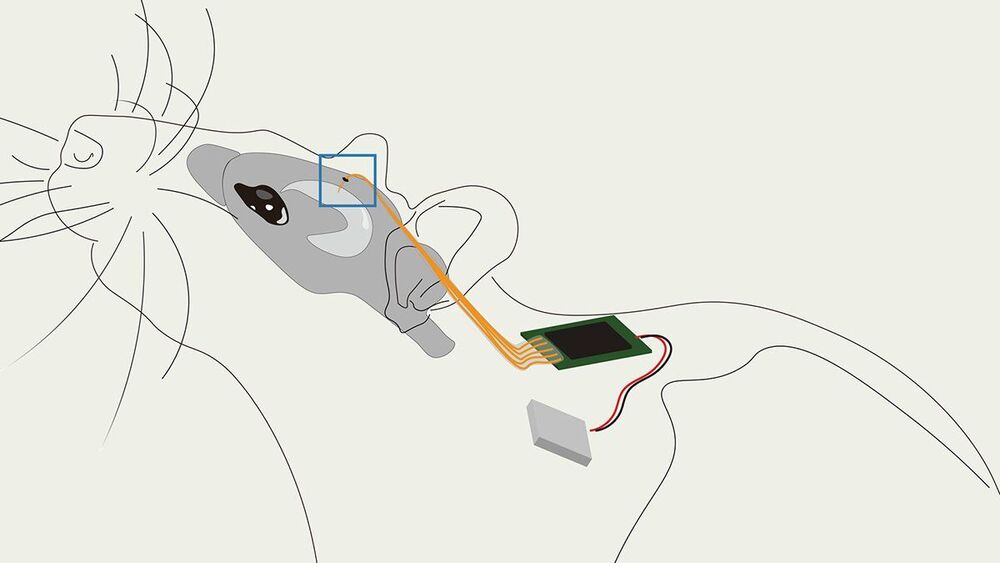Difficulty swallowing after a Stroke occurs when the esophagus becomes damaged or the muscles and nerves that control swallowing are functioning poorly. There can also be a blockage in the esophagus, which is making it difficult to swallow. It will hurt when you try to swallow. Since it’s painful, it may cause you to not want to eat. This can cause other issues to occur in your body, such as weight loss. At Rehab, a nurse explained to me that my swallowing problem was caused by weak muscles in the esophageal sphincter. That information stimulated me to create my own therapy for the esophageal sphincter. I wrote out the transcript for the therapy, and a lady named Collette read it into a recorder. I listen to the recording several times a day. My swallowing problems resulted in a feeding being inserted up my nose. The therapy makes it possible for me to eat oatmeal, grits, eggs, pasta & beef, and corn flakes. After passing the swallowing test last Friday, the Speech Pathologist sent me to the Emergency Room, where they pulled the feeding tube from my nose.
Difficulty swallowing occurs when the esophagus becomes damaged or the muscles and nerves that control swallowing are functioning poorly. There can also be a blockage in the esophagus, which is making it difficult to swallow. It will hurt when you try to swallow. Since it’s painful, it may cause you to not want to eat. This can cause other issues to occur in your body, such as weight loss. When it comes to finding out what is causing the difficulty in swallowing, there are a number of reasons why it’s happening. Some reasons you can’t help, while others are simple.
Certain things that we do to our bodies could trigger our inability to swallow. Once you know what is causing the issue, it’ll be easier for you to swallow. Sometimes it is things you can do at home, while others need to be treated by a medical professional.
Here are eight frequent causes of difficulty swallowing.

